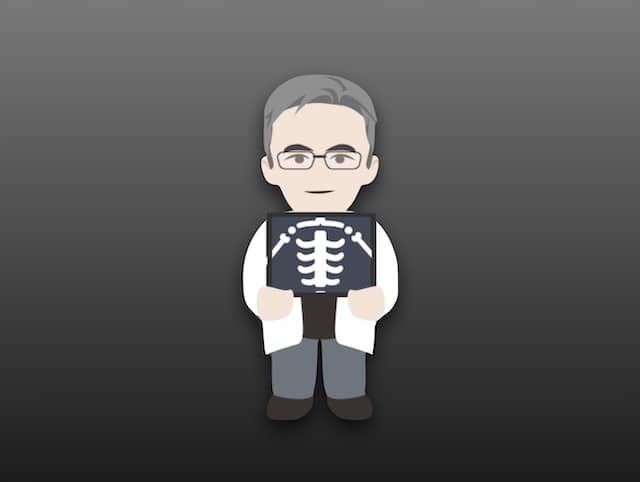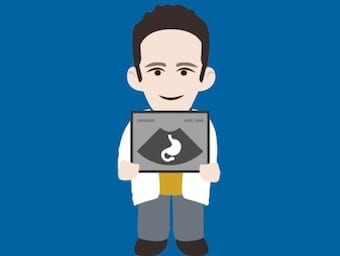
Medmastery: acid-base disorders
Franz Wiesbauer explains the relationship between pH, HCO3 and pCO2 and a simple rule which will help you decide whether the primary problem is respiratory or metabolic in nature.

Franz Wiesbauer explains the relationship between pH, HCO3 and pCO2 and a simple rule which will help you decide whether the primary problem is respiratory or metabolic in nature.

Julian Dobranowski Medmastery video helps you identify aberrantly positioned endotracheal tubes (ETT) on chest x-ray by locating the tip of the ETT and the position of the carina.

Dr Nikolaus Mayr, we review strategies to ultrasound the pancreas and help identify pancreatitis with the help of ultrasound imaging.

Nikolaus Mayr explains the process of pancreatic ultrasound and shows you what to look for.

Nikolaus Mayr explains how to identify a case of hydronephrosis from an ultrasound image of the kidneys.

Dr Mayr of Medmastery - Spleen Ultrasound in trauma including subcapsular haematoma, focal intraparenchymal haematoma, splenic lacerations

Medmastery: Thyroid Disease Masterclass course, pathophysiology of toxic thyroid nodules and how to diagnose them

Viral zoonotic infection, monkeypox causes a rash similar to chickenpox. Symptomatic infection involves a febrile illness and evolving rash lasting 2-4 weeks

Nikolaus Mayr explains how to identify the left and right kidneys on an ultrasound display and know where they are in relation to other anatomical landmarks around them.

Coronary Angiography Essentials. This video helps you to differentiate coronary arteries on the angiogram, recognise the views being used, and work out the severity of a stenosis.

Exercise Stress ECG Essentials course covers the basic criteria for identifying a "positive" stress ECG test.

Medmastery video helps identify the various radiological presentations of pneumonia such as lobar, interstitial , bronchopneumonia and special considerations in immunocompromised patients